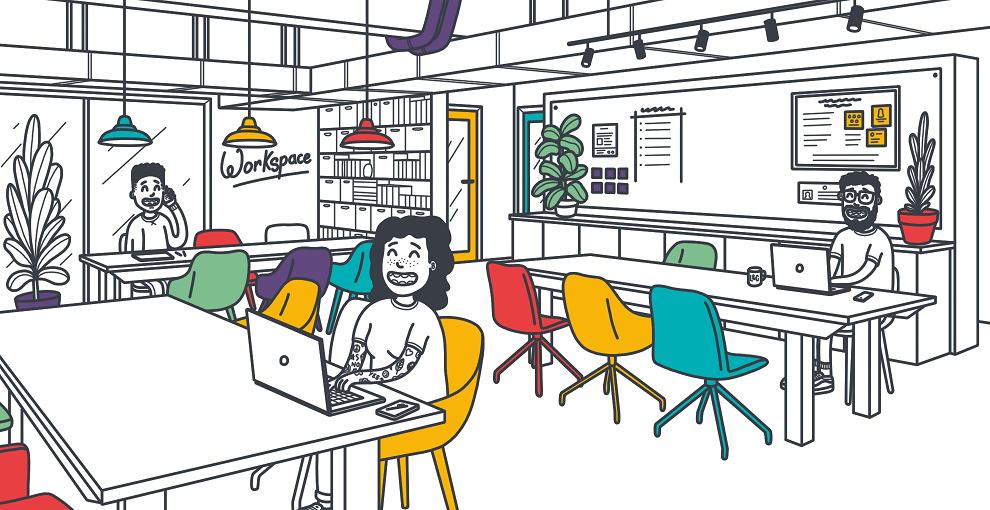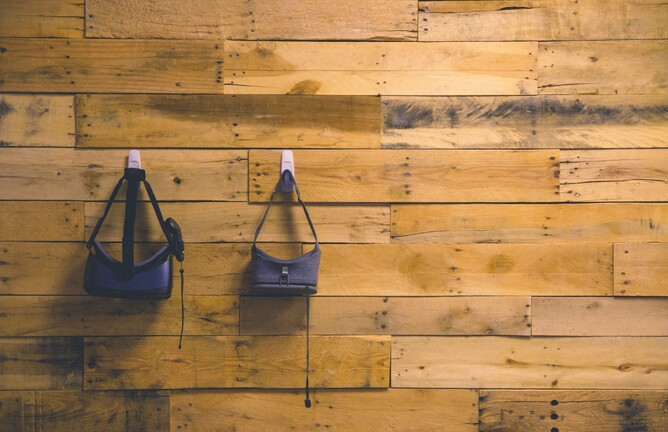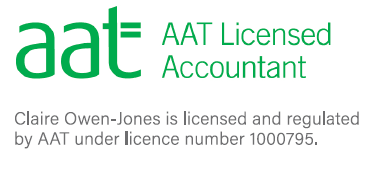Weather aside, we are now fully into the summer and with that comes the end of summer Sales. Over the years we've become accustomed to more and more Sales during the year and along with that, greater and greater discounts. From a retail point of view, it can become brutal. How much to do discount your products by? How low do you ultimately go?
Why have a Sale in the first place?
Let’s start by stating the obvious; the aim of a Sale is to make more money that you would do previously.
Of course there are times when you want to clear old stock to make way for new product lines so may forgo some of your profit, but the big Sales are there to give your turnover a boost.
So what if we agree that the aim of a Sale is to make the customers spend more? Which leads to the question: why is discounting our products the first thing we do?
What you need to do is create a win-win situation. You want to be happy and of course you want your customer to come away happy as well.
In order to get to the bottom of this, let’s venture into Maths territory and throw some figures about…
What happens when you discount the sales price?
As an example, we'll say that pre-Sale you sold items at £70 each and they cost you £20 each to buy in. If you sold 100 units, your figures would look like this:
Sales: £7,000
Less: Cost of Sales: £2,000
Gross Profit: £5,000
That works out at £50 profit per unit.
So what if you decided to have a 10% off sale. What would your revised figures look like?
Sales: £6,300
Less: Cost of Sales: £2,000
Gross Profit: £4,300
Because the 10% discount has only affected the sales price, this has reduced your profit per unit to £43. So the 10% off the top, has knocked 14% off the bottom.
Now most consumers are pretty immune to 10% sales so you may be tempted to go for the 20% off sale. At least then you can pitch it that they are getting their products VAT free.
Sales: £5,600
Less: Cost of Sales: £2,000
Gross Profit: £3,600
Again, the 20% has only affected the sales price so the cost of sales has stayed the same, reducing the profit per unit even further to £36. Or in percentage terms, the 20% off the top and knocked 28% off the bottom.
If you're interested, a 50% discount would reduce the profit per unit to £15 which is a 70% reduction in profit!
Now I'm not saying that discounting is wrong but it is dangerous. And the reason for this is because you are taking a gamble that reducing the cost of your products will lead to either people buying more from you, so you sell more units, or that you get more customers.
Hopefully, it goes without saying that the figures that I have used will not match the mark ups that you make and it is very unlikely that you'll make a fixed profit percentage against all of your product lines.
However, it is worth sitting down, possibly with your accountant or bookkeeper, and doing some calculations because it may be that you cannot complete with the 50% off Sales of your competitors and that's okay. There are other ways…
If you have to discount, should you also look at reducing your costs?
If you feel as though you have to make these larger discounts, then one way to soften the blow would be to look at the cost of sales – the cost of buying in your products.
After all, if you can buy in your stock cheaper, then this could maintain your profits during a Sale or even increase your profit margins.
The downside to this option is that you could end up purchasing a lower grade or quality product. And if your customer isn't aware of this, and they think they are purchasing a regular product from yourself, the cheaper alternative could damage your reputation.
Is it possible to turn a Sale into an Offer?
So lets' say you decide not to discount your products and you don't want to risk your reputation by buying in cheaper products either. Another way is to replace the work Sale with Offer.
Now you want to offer your customers a deal which will save them money but also get them to spend more.
One method is the supermarket favourite of "Buy Two and get the Third Free". Whether you can do this will depend on the mark up that you put onto your products but keeping with my original example, let's say the same 100 people buy the same £70 product but this time they all take up
your offer.
Sales: £14,000 (doubled)
Less: Cost of Sales:£6,000 (tripled)
Gross Profit: £8,000
In this instance, even with the tripled cost of sales, the gross profit has increased to £80 per transaction which is a 60% increase in profits.
And you haven't had to find any new customers.
If you know the average spend per customer, then you could create an offer that would tempt people to spend more than that. Think about something that is low cost to you, but that's high value to your customers and offer that as a free gift if they spend over x amount.
So, it really is worth sitting down and thinking about what you want to achieve from your Sale. Is it to get rid of old stock, it is to tempt more customers into your store or is it to get people to simply spend more with you?







